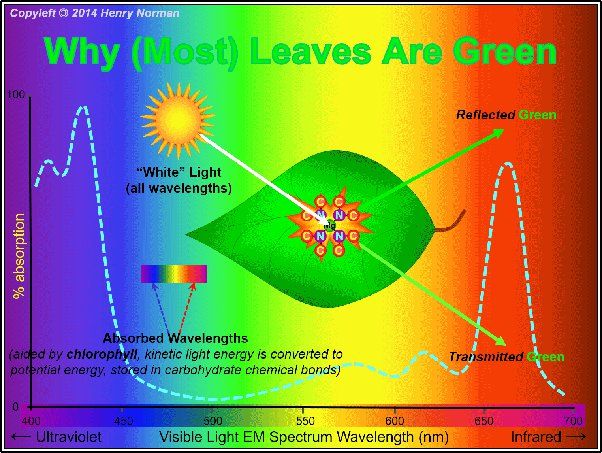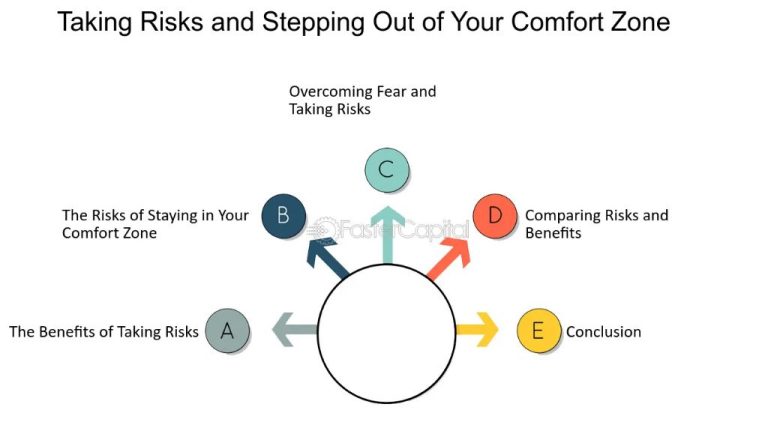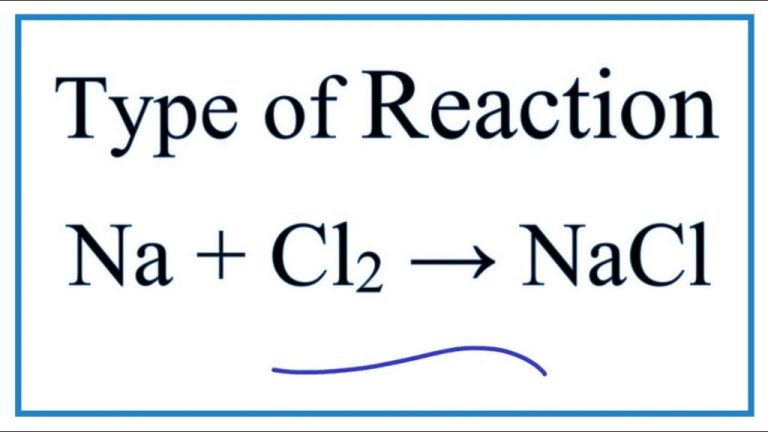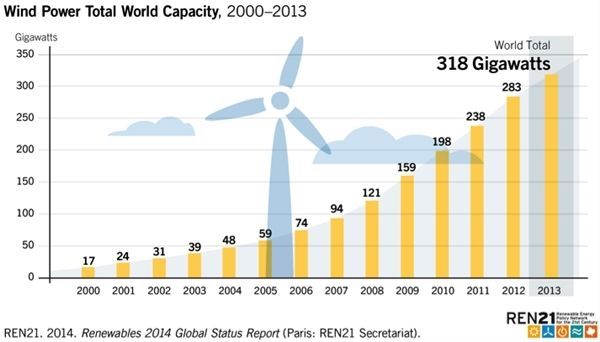What Is Potential In Science?
Potential refers to the possibility of something happening or being done in the future. It represents latent energy or ability that has not yet been realized. Potential is a fundamental concept across the sciences, describing the capacity for change, growth, or action. For example, potential energy in physics refers to stored energy based on an object’s position or configuration. In chemistry, chemical potential represents the potential of a substance to induce change, such as in reactions. In biology, membrane potential describes the difference in electric potential across a cell’s membrane, which allows neurons to fire and muscles to contract. The idea of potential embodies possibility and promise, reflecting the dynamic nature of our universe. As opposed to kinetic energy, which is energy in motion, potential energy is waiting to be released. Understanding potential provides insight into how systems evolve and change over time. The full realization of potential represents the difference between what currently is, and what could be.
Potential Energy
Potential energy is the stored energy an object has due to its position or chemical configuration. It is energy that has the potential to be converted into other forms of energy like kinetic energy. Gravitational potential energy, for example, is the energy stored in an object due to its height above the ground. As it falls, this potential energy is converted into kinetic energy. Other examples of potential energy include:
- Elastic potential energy – energy stored in a compressed or stretched spring
- Chemical potential energy – energy stored in the bonds of atoms and molecules
- Nuclear potential energy – energy from the binding forces in an atomic nucleus
- Electric potential energy – energy stored in electric fields
Potential energy plays a key role in physics along with kinetic energy. The total mechanical energy of a system is conserved and can be described as the sum of its potential and kinetic energy. Potential energy provides a useful model for understanding systems and how energy flows between different objects through forces or chemical reactions. Identifying potential energy is crucial for explaining and predicting motion and changes in many physical, chemical, and biological processes.
Action Potential
An action potential is a temporary change in the electrical potential across the membrane of a neuron. Neurons are electrically excitable cells that communicate with other cells via electrical and chemical signals. Action potentials play a key role in neural signaling.
A neuron at rest has a negative membrane potential, usually around -70 mV. This means the inside of the neuron is more negative than the outside. When a neuron receives sufficient excitatory input from other neurons that depolarizes the membrane to a threshold level, around -55 mV, voltage-gated sodium channels in the membrane open. This allows positive sodium ions to rapidly enter the neuron, causing further depolarization. This positive feedback loop causes the membrane potential to quickly spike to a positive value around +30 mV. The peak of this spike is the action potential.
The action potential then rapidly inactivates the sodium channels and activates voltage-gated potassium channels. Potassium ions rush out of the neuron, repolarizing the membrane back to the resting potential. After an action potential, there is a refractory period during which the neuron briefly cannot fire again. Action potentials are an all-or-nothing event – they either occur fully or not at all.
The action potential signal propagates down the axon of the neuron to the axon terminals. When it reaches a terminal, neurotransmitters are released into the synapse between the neuron and the next cell. This chemical signaling communicates the action potential to postsynaptic neurons and cells. In this way, action potentials allow neurons to rapidly transmit signals over long distances and enable communication in the nervous system.
Membrane Potential
Membrane potential refers to the difference in electric potential between the interior and exterior of a cell. It arises due to the different concentrations of ions inside and outside the cell. The cell membrane is semi-permeable, allowing some ions to pass while blocking others.
The origins of membrane potential can be traced to the ion gradients that exist across the cell membrane. There are higher concentrations of sodium (Na+) and chloride (Cl-) ions outside the cell, while potassium (K+) and organic anions predominate inside. This imbalance is actively maintained by ion transporters that pump ions across the membrane.
In most cells, K+ ions are allowed to diffuse out of the cell through K+ leakage channels. However, the electrochemical gradient favors K+ moving back into the cell, making the interior negative relative to the exterior. The membrane potential typically ranges between -40 and -80 millivolts, with the inside negative in relation to the outside.
Membrane potential is biologically significant as it allows neurons to propagate electrical signals in the form of action potentials. Changes in membrane potential also mediate important cellular processes like muscle contraction, cell proliferation and transport of nutrients. The voltage across the membrane serves as a battery that represents a source of potential energy in the cell.
Morphogen Gradients
Morphogens are signaling molecules that direct cell fate and pattern formation during the development of an organism. They are secreted from localized sources and form concentration gradients across developing tissues. Cells respond to different morphogen concentrations by activating specific genes and developmental programs. Higher morphogen levels activate different sets of target genes than lower concentrations.
A classic example is the morphogen Bicoid in the early Drosophila (fruit fly) embryo. Bicoid mRNA is localized to the anterior pole of the egg. After fertilization, Bicoid protein spreads from that localized source, forming a concentration gradient along the anterior-posterior axis. High Bicoid levels at the anterior end activate head and thorax development. Lower concentrations further back regulate abdomen and tail development. The Bicoid gradient patterns the basic body plan of the fly.
Other important morphogens include Hedgehog, Wnt, TGF-beta, and retinoic acid. They control processes like stem cell differentiation, limb formation, neural patterning, and tissue regeneration. Misregulation of morphogen signaling can lead to birth defects and cancer. Understanding how cells interpret morphogen gradients is crucial for regenerative medicine and bioengineering applications.
In summary, morphogen gradients provide spatial cues that guide cell fate and patterning during development. By responding to different morphogen levels, cells adopt specific identities and behaviors based on their positions within a gradient. Research on morphogens continues to provide insight into developmental biology and how complex tissue architecture emerges from simple signaling molecules.
Chemical Potential
Chemical potential is a concept used to predict the direction and equilibrium of chemical reactions. It represents the partial molar Gibbs free energy of a species in a mixture, indicating the tendency for that species to migrate to areas of lower chemical potential. In essence, chemical potential describes how “happy” a molecule is in a given environment.
Molecules and ions will naturally flow from areas of higher chemical potential to areas of lower chemical potential. For example, when salt is added to water, the water molecules have a higher chemical potential than the salt ions. This drives the salt to dissolve until equilibrium is reached and the chemical potentials are equal. Changes in temperature, pressure, or concentration can create differences in chemical potential that alter reaction directions.
At equilibrium, the chemical potential will be the same for all components in the system. Chemical potential helps explain why some reactions favor the reactant side versus the product side. It also clarifies how Le Chatelier’s principle causes shifts in equilibrium when conditions are changed. By understanding chemical potential, scientists gain predictive power over reaction outcomes.
Nucleation Theory
Nucleation theory describes the early stages of phase transitions such as the formation of crystals or droplets from a solution or vapor. Classical nucleation theory tries to explain how small nuclei form and make predictions about nucleation rates and the critical cluster size.
The key concept in classical nucleation theory is the competition between bulk and surface energy. As particles come together to form a cluster, they lower their bulk energy, which favors growth. But there is also a surface energy cost from the cluster interface, which opposes growth. As clusters grow, the bulk energy gain outpaces the surface energy cost until the cluster reaches a critical size. After this point, the cluster is thermodynamically favored to continue growing into a stable new phase.
The energy barrier that small clusters must overcome before becoming stable is known as the critical cluster potential. Classical nucleation theory makes predictions about nucleation rates based on the height of this energy barrier. However, the theory makes many simplifying assumptions and often deviates significantly from experimental results, especially for atomic or molecular systems. This has led to many proposed modifications and alternatives to classical nucleation over the years.
Quantum Potential
The quantum potential is a concept from quantum mechanics that accounts for quantum effects in the motion of particles. It arises from the wave-like nature of matter postulated by quantum mechanics. While classical particles follow a definite trajectory in space and time, quantum particles exhibit wave-particle duality and their motion is described by a wave function.
The quantum potential represents the contribution of the wave function to the motion of the particle. It can be derived from the Schrödinger equation, which describes how quantum particles evolve over time. Mathematically, the quantum potential is proportional to the Laplace operator applied to the amplitude of the wave function.
Intuitively, the quantum potential causes particles to be attracted to regions where the amplitude of the wave function is large and repelled from regions where it is small. This guides particles along paths that differ from classical trajectories. The quantum potential therefore accounts for observable quantum effects such as interference patterns from wave-like electrons.
The quantum potential offers an alternative formulation of quantum mechanics in terms of quantum trajectories, as opposed to a wave function spreading over all space. This approach provides insights into how probabilistic quantum effects emerge from an underlying deterministic theory. The quantum potential is central to several interpretational approaches to quantum mechanics, such as the de Broglie-Bohm pilot wave theory.
By incorporating the influence of the wave function amplitude into the motion of particles, the quantum potential elegantly captures quintessential quantum behavior. Its ongoing study provides deeper understanding of foundational quantum concepts.
Potential Applications
The concept of potential has enabled many important advances and applications in science and technology. Here are some examples:
Batteries – The voltage potential between the positive and negative terminals of a battery enables the flow of electrons to do useful work. Batteries convert chemical potential energy into electrical energy that powers countless devices.
Neuromodulation – Devices like pacemakers and deep brain stimulators utilize electrical potentials to modulate nerve signals. This allows therapeutic regulation of organs and neurological conditions.
Catalysts – By altering the potential energy surface, catalysts lower the activation energy needed for chemical reactions to occur. This enables more efficient industrial processes and production.
Solar Cells – The potential difference created by absorbed photons in semiconductors enables solar cells to convert light energy into electricity. This provides renewable energy from the sun.
Particle Accelerators – Electric and magnetic fields with strong potential gradients are used to accelerate charged particles to high speeds. This enables high energy physics research and applications.
Conclusion
As we have seen, the concept of potential is ubiquitous across scientific disciplines. From physics to chemistry to biology, potential describes a system’s capacity to do work or undergo change.
In physics, potential energy quantifies an object’s pent-up power to do work based on its position or arrangement. In neuroscience, action potentials enable communication between neurons via rapid electrical signals. Biologists study morphogen gradients, chemical cues with varying potential that direct embryonic development.
In chemistry, chemical potentialCharacterizes the tendency for reactions and phase changes. Quantum physics introduces the concept of quantum potential. Across these diverse contexts, potentiality is a unifying thread that characterizes systems poised for change.
Recognizing the potential energy stored in objects, materials, and living systems unlocks new possibilities. From harnessing the potential of batteries to generating electricity, or leveraging the information processing potential of neurons, science and technology continuously expand what is possible by tapping into different forms of potential.






